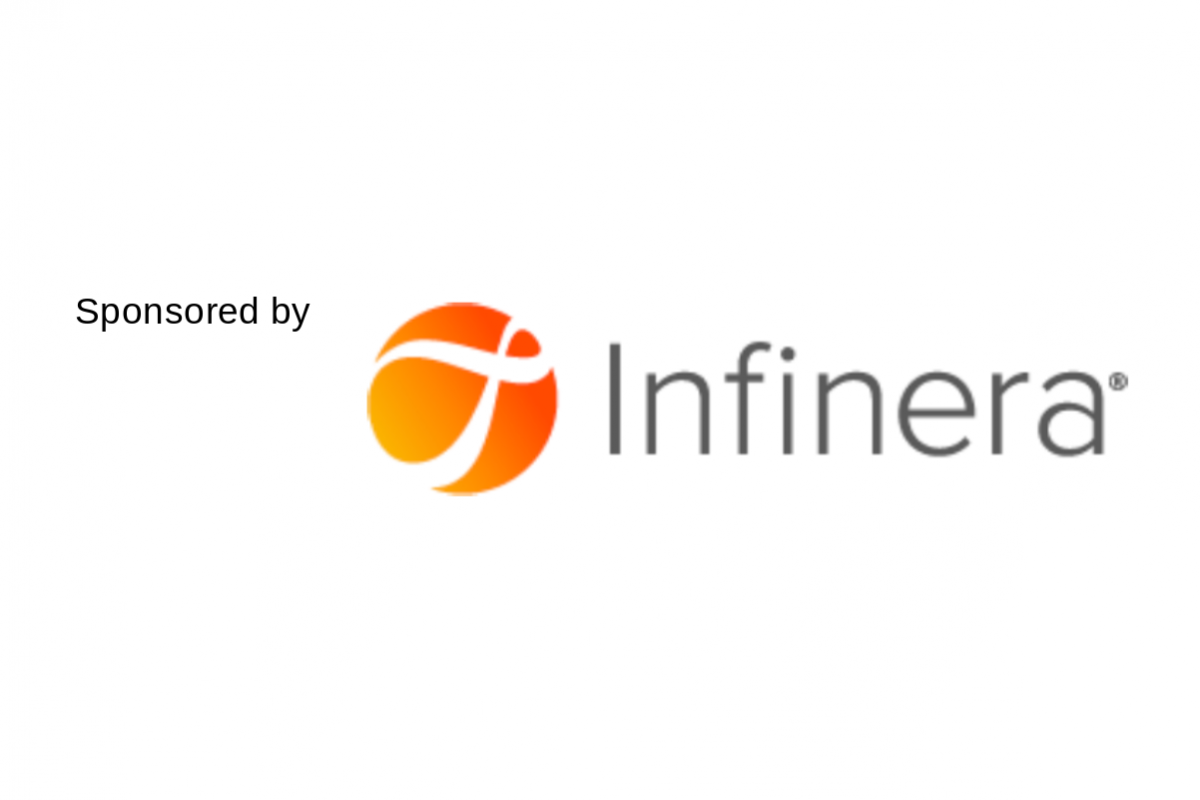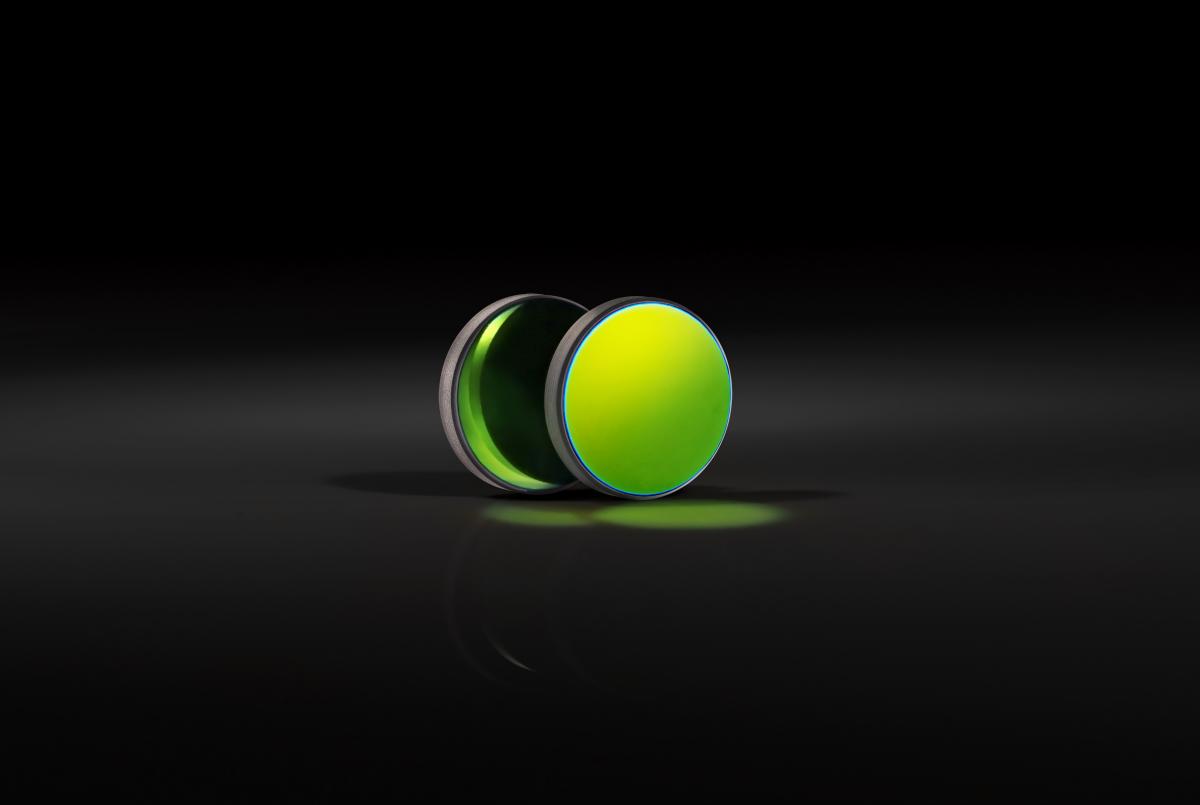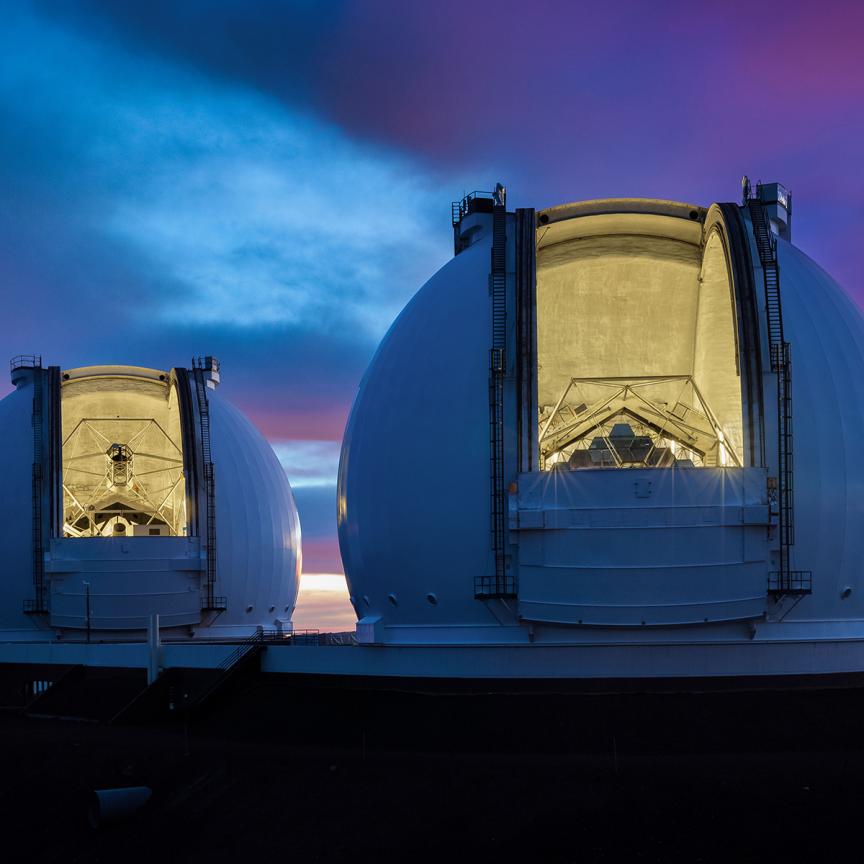Most optics are subject to varying degrees of subsurface damage. This may be caused during manufacture; it may even be a characteristic of a particular type of material. Such damage can increase absorption and scatter during laser illumination, generating heat and leading to decreased throughput. This article was last updated in 2022.
Optical damage can occur in a number of different ways. However, it is most closely associated with laser-induced damage (LID) and occurs less frequently with other light sources. The laser damage threshold (LDT) or laser-induced damage threshold (LIDT) is the maximum intensity resisted before laser damage occurs.
Laser light can have very high optical intensities and is often generated as short or ultrashort pulses. This means that it can damage optical components such as laser mirrors, fibres, nonlinear crystal materials, prisms, optical filters and modulators, saturable absorbers, photodetectors and semiconductor saturable absorber mirrors (SESAMs).
Depending on the application, optical components need to be sourced with an appropriately high damage threshold. But it is important to also consider that laser damage can be complex, depending on pulse duration, optical coating quality and the manufacturing process of the component.
Products and solutions for optics damage on the market now
There are a number of products and solutions available to help combat damage to optics. Vendors include Alluxa, an ISO 9001:2015 certified, ITAR registered manufacturer of high-performance optical filters and thin-film coatings. Alluxa’s technology is based on its Sirrus plasma deposition process. The Ultra Series optical filters and thin-film coatings are rigorously tested, ensuring high performance and quality for each filter type. The Ultra Series of high-reflectivity dielectric mirrors provide close to 100 per cent reflection over a broad or precise range of wavelengths. Each hard coated, thin-film dielectric mirror is resistant to laser damage and can boost instrument performance by preserving light source intensity.
Berliner Glas uses modern coating technologies (PVD with and without ion support, magnetron sputtering), alongside in-process monitoring technologies to offer specific solutions. This is widely used for the coating of objects, such as anti-reflective (AR) layers, mirror layers (highly reflective metallic and dielectric mirrors), polarising and non-polarising beam splitters, narrow band filters (transmission), edge filters, laser protection filters and layer coatings (HR, AR) with high-damage threshold.
Belford Research (BRL) is a commercial laser-damage test house. The company has been independently validated for laser damage testing. It provides everything from threshold determination (LIDT) to longevity assessment. A vast range of coatings can be tested, primarily for laser manufacture. Our labs provide the required QA in high performance coating technologies for the laser industry.
Edmund Optics specifies many of its AR-coated Techspec optical lenses with either a LDT or a typical energy density limit. Lenses designated with an LDT have been designed and guaranteed to withstand a certain level of laser fluence. Extreme care is ensured throughout substrate preparation, cleaning and deposition processes, material choices, coating design and packaging, ensuring that lenses will not be damaged by the specified laser parameters. Lenses designated with a typical energy density limit are coated with an anti-reflection coating that has been shown to withstand the specified laser parameters.
IRD Glass specialises in the manufacture of custom cylindrical lenses, both convex and concave. Its cylindrical optics are all available in numerous substrate materials, with optical coatings like high laser damage threshold or anti-reflection coatings – optimising performance throughout the UV, visible and IR spectrums.
LBP Optics offers a wide range of laser optics and beam delivery equipment. In particular, its collection of copper and aluminium mirrors provides excellent laser damage resistance and is widely used in laser cutting, welding and engraving systems. The company has also worked in partnership with UK and European universities to investigate the causes of laser damage, measuring the laser LIDT of many CO2 laser optics.
Lidaris provides a professional LIDT testing service. Standard and custom LIDT testing procedures are available. Standard testing procedures are conducted in accordance with the guidelines of the latest existing international ISO standards 21254-1-2,-3 and -4. Non-standardized testing such as R-on-1, raster scan, microfocus, rear-side testing is available on demand. Additional services such as integrated scattering measurements are also available.
For Manx Precision Optics, one of its specialist areas is high laser-induced damage threshold optics. The company creates laser optics that can withstand some of the highest laser power applications in the world. It works with a range of partners to meticulously test high laser-induced damage threshold capabilities.
Northrup Grumman Synoptics specialises in high LDT coatings, using the latest thin-film coating technologies. For example, the company says that its QuasiRugate design structures have the highest demonstrated LDTs of any ion beam sputtered films. The company provides thermally evaporated single layer MgF2 coatings on Nd:YAG and TGG for select applications. Its proprietary process was developed to achieve maximum laser damage thresholds for these types of coatings, exceeding 40J/cm2 , 20ns, 20Hz, 1,064nm. In addition, the line of MaxCoat electron-beam (E-Beam) coatings are optimised for high laser damage thresholds from 355nm to 2,140nm.
Photonic Solutions is an independent UK supplier of optoelectronic products for research and industry. It is the exclusive distributor for more than 30 internationally renowned suppliers, including Alluxa and Casix. In addition to offering Alluxa’s Ultra Series, the company also manufactures suites of products ranging from antireflection and high-reflectivity surfaces to high damage threshold laser windows and very high damage threshold Nd:YAG laser line mirrors.
Sill Optics offers lenses for a wide range of laser applications. Its product portfolio includes simple focusing lenses as well as beam expanders, standard ƒ-theta scan lenses and a variety of telecentric ƒ-theta scan lenses. These lenses are predominantly optimised for wavelengths in the range of 266nm to 1,090nm. The company conducts tests to provide the LIDT of its coatings in a clean lab environment with acetone cleaned samples.
This is not an exhaustive list. If you provide products and solutions to help combat optics damage and would like your company to be included, please let us know at: editor.electro@europascience.com.

Edmund Optics: featured optics damage solution
Schwarz Mirrors – a novel solution for minimising stray light in laser applications
Soon to be made available as one of the latest product developments from Edmund Optics (EO), Schwarz Mirrors are a novel solution for decreasing the size, weight and overall cost of a laser system. Their unique, engineered black fused-silica substrate absorbs unwanted light, significantly reducing the need for beam dumps whilst also retaining key properties of fused silica such as high LIDT and low coefficient of thermal expansion. They can also be cut and coated the same way as fused silica, offering a flexible solution.
With conventional dielectric mirrors, a small portion of light always passes through the dielectric coating, the substrate and ultimately out of the back of the mirror, creating unwanted light transmission and ghost images. This can lead to a decrease in system performance and laser safety concerns; at higher laser powers, it may damage other optics within the system.
Typically, beam dumps are used behind the mirrors to catch this leakage, but Schwarz Mirrors offer a more compact and lightweight alternative. Their black substrate absorbs this leakage instead, making them ideal for laser systems, high-power laser applications and applications requiring sensitive measurements such as spectroscopy. Find out more about Schwarz Mirrors at the Edmund Optics website.


